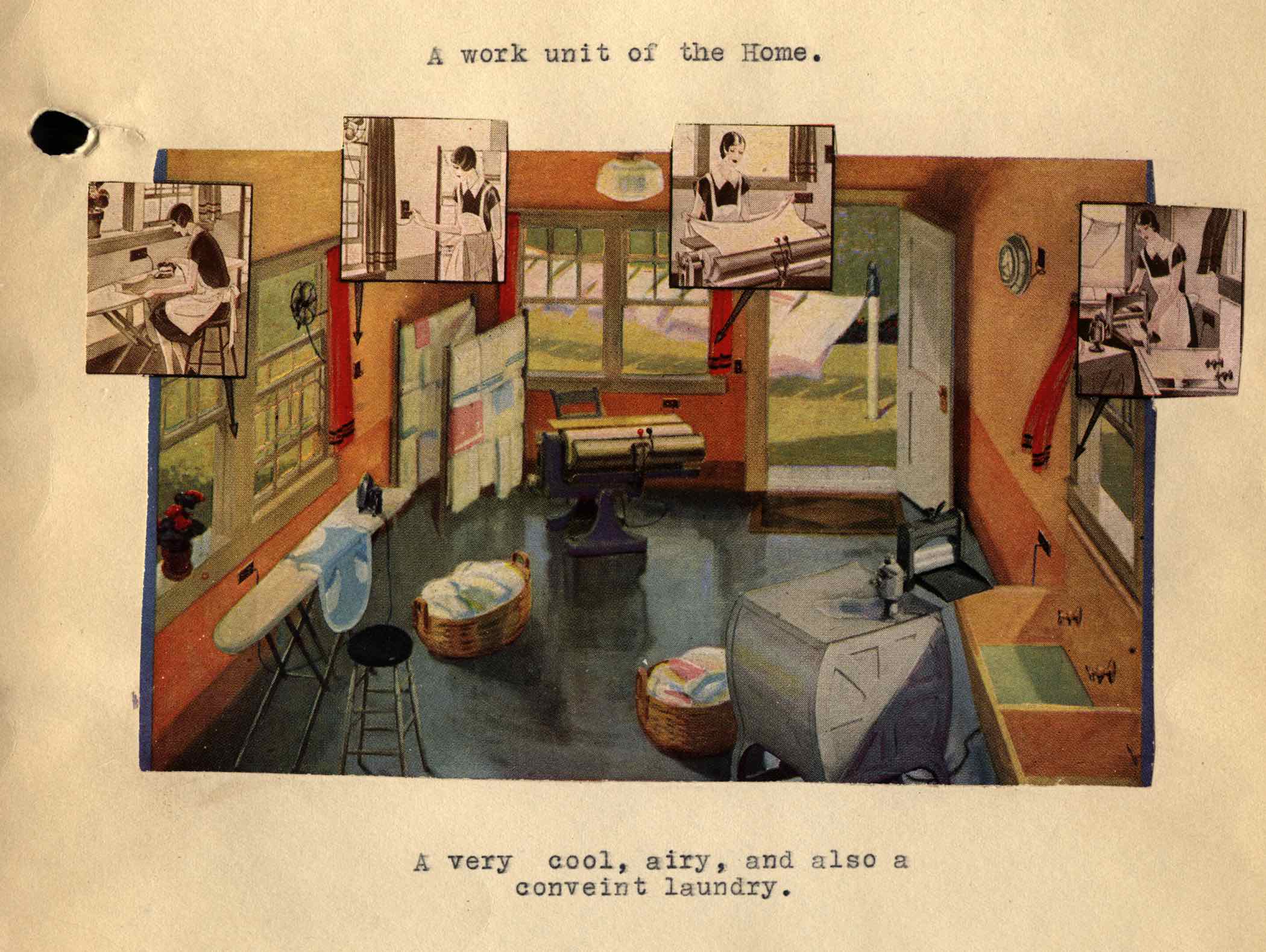Unit: A Semantic and Architectural History
by Andrew M. Shanken
The essay begins:
More than ever we call the spaces we inhabit units. Many university students live in them—some of mine at the University of California, Berkeley, live in Units 1, 2 and 3, names ill conceived for domestic coziness. They were built between 1958 and 1964 by the architectural firm of Warnecke and Warnecke as part of the urban renewal of the city. The dedicated website for Unit 1 states that the complex consists of six buildings built around a court, with a “unit office” at the center. These units make little attempt to look like anything but impersonal superblocks. Recently, the university has countered their anonymity by “theming” parts of them African American, Native American, Asian Pacific American, and Latinx. Such units are modern, impersonal, institutional. The themed programs are more than an attempt to dress them up with new multicultural curtains: they work against the premise of the unit as a “single number regarded as an undivided whole.” In fact, they divide, and in so doing they point out one of the central contributions of multiculturalism: to challenge the perceived uniformity and homogeneity of American society. While housing units flatten and regularize, the themed programs attempt to show the many grains of American culture.

Unit. What a cold word to describe a domestic space; and this gets right to how fitting this odd usage is and why dormitories at large public universities acquire the name. The word was coined by English mathematician and natural philosopher John Dee in his preface to Sir Henry Billingsley’s translation of Euclid’s Elements (1570). More tellingly for the unit in the dormitory, it is a “single thing regarded as a member of a group,” a definition perfectly suited for large apartments, anonymous collections of spaces, and buildings. If born of mathematics, it is a word that matured in the context of nineteenth-century mass society, bureaucracy, manufacturing, the modern military, and large institutions—the world in which the modern profession of architecture came of age. Although Raymond Williams did not include it in Keywords (1976), unit is an intimate relation of words like bureaucracy, management, masses, and institution. How did it enter the house or the apartment and become attached to other spaces of modernity? This is its semantic, architectural, and spatial journey. Continue reading …
This essay peers through the peephole of the word unit to reveal the word’s journey across multiple fields from the mid-nineteenth century through the present. A keyword hidden in plain sight, unit links science and the world of measurement to society (family units), politics (political units), architecture (housing units), cities (neighborhood units), and, more recently, big data, the carceral state (crime units), and managerial oversight.
 ANDREW M. SHANKEN is an architectural historian in the Department of Architecture and American Studies at the University of California, Berkeley. He publishes on architecture and consumer culture, memorialization, expositions, preservation history, and imagery in urban planning.
ANDREW M. SHANKEN is an architectural historian in the Department of Architecture and American Studies at the University of California, Berkeley. He publishes on architecture and consumer culture, memorialization, expositions, preservation history, and imagery in urban planning.
